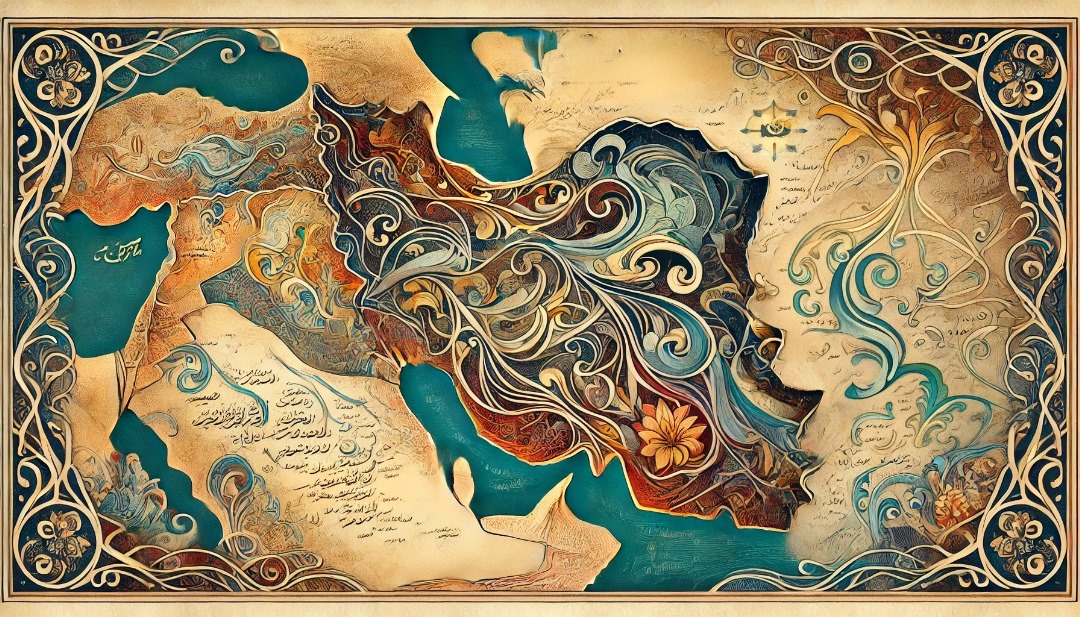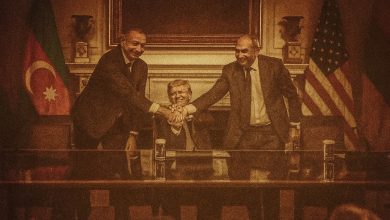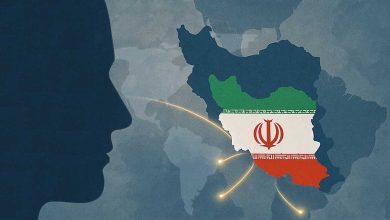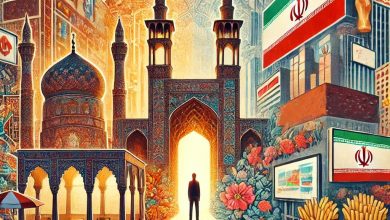Federalism: A Prelude to Disintegration

A notable development in recent weeks has been repeated statements by Iranian government officials emphasizing the need for provincial presidents. This proposal, however, carries serious risks for Iran’s national unity and identity. Such an idea, by weakening the central government, paves the way for the transformation of Iran into a federal system—and ultimately, the disintegration of the country. This would fuel ethnic tensions, an issue frequently highlighted by Masoud Pezeshkian, both during his presidential campaign and while serving as a parliamentary representative for Tabriz.
These remarks are especially significant considering that Tabriz has increasingly become a hub for pan-Turkist and anti-nationalist movements in Iran. The use of non-Iranian flags—such as those of Turkey and Azerbaijan—by supporters of the Tabriz Tractor football team, along with anti-nationalist chants, indicate the growing influence of these separatist sentiments. Pan-Turkist groups, some of the most active secessionist forces in Iran, have long supported any initiative that diminishes the authority of the central government. These groups openly seek autonomy or even independence for Turkic-speaking regions of Iran. The proposal to introduce provincial presidents is exactly what they need to strengthen their position.
In recent years, a more insidious faction has also emerged under the label of “Pan-Turkist Islamists (Pan-Turk Allahis).” These groups pursue a dual and dangerous strategy. On the surface, they appear committed to Islamic unity and religious ideology, but in practice, they promote ethnic identity politics aligned with pan-Turkist goals. By manipulating religious slogans such as “Ummah unity,” they downplay national belonging and undermine Iranian national identity.
Although Pezeshkian’s comments about the need for provincial presidents may be framed as an effort to decentralize power and improve local governance, in reality, such proposals pose a serious threat to national cohesion and territorial integrity.
The establishment of provincial presidents would essentially mean granting extensive powers to local governments, to the point that the central government may lose its executive and supervisory role in many areas. While extreme decentralization may appear to support regional justice and civic participation, in a multi-ethnic country like Iran, it risks exacerbating divisions and cultural fragmentation—outcomes that could eventually lead to ethnic conflict and secessionist movements.
In practice, this initiative represents a move toward federalism. In federal systems, political, economic, and legal authority is divided between the central government and regional states. Although this model has worked in multi-ethnic countries such as the United States or Germany, it is ill-suited for Iran, where ethnic and linguistic diversity is often coupled with separatist threats. In the regional context, similar attempts have shown how granting broad powers to local governments can lead to calls for independence, as evidenced by the Kurdish autonomous region in Iraq.
One of the most serious dangers of federalism in Iran is the weakening of national identity and the strengthening of local or ethnic identities. Iran’s national identity has historically been rooted in shared cultural, historical, and linguistic elements. Granting each province its own president could intensify linguistic, cultural, and religious divisions. In provinces with dominant ethnic populations—such as Azerbaijan, Kurdistan, or Sistan and Baluchestan—local governments may adopt policies that prioritize ethnic identity over national unity. In Turkic-speaking regions, for example, this could lead to efforts to change the official language, diminish the role of Persian, and ultimately distance the region from Iranian culture.
Such a development would not only foster cultural discord between provinces but also weaken Persian as the official and unifying language of the country. As a result, Iran’s cultural coherence would erode, and national unity would be severely compromised.
This proposal primarily benefits separatist groups such as pan-Turkists, pan-Kurds, and other similar movements. These groups have long sought the establishment of autonomous regions, and the idea of provincial presidents would facilitate their ambitions. In Turkic-speaking provinces, pan-Turkist factions have persistently aimed to reduce central government influence and expand local authority. With independent provincial presidents, these separatist groups could penetrate local governance structures, ultimately weakening central control and advancing more aggressive demands for autonomy or independence.
Iran’s modern history has already witnessed separatist threats. After World War II, separatist uprisings in Azerbaijan and Kurdistan showed how decentralization can be exploited by foreign powers. Today, as regional and global actors continue to seek Iran’s strategic weakening, the creation of provincial presidencies would provide a convenient pretext for foreign interference and support for separatist groups.
While the idea of provincial presidents may appear aimed at promoting local justice and civic participation, in practice, it would become a tool for separatist movements. Undermining national identity and the central state is the first step in realizing secessionist projects.
Moreover, extreme decentralization and the establishment of powerful local governments could trigger unhealthy economic competition between provinces. Wealthier provinces may resist resource redistribution, marginalizing poorer areas. In terms of national security, each province might adopt its own policies, potentially weakening the country’s overall defense structure.






